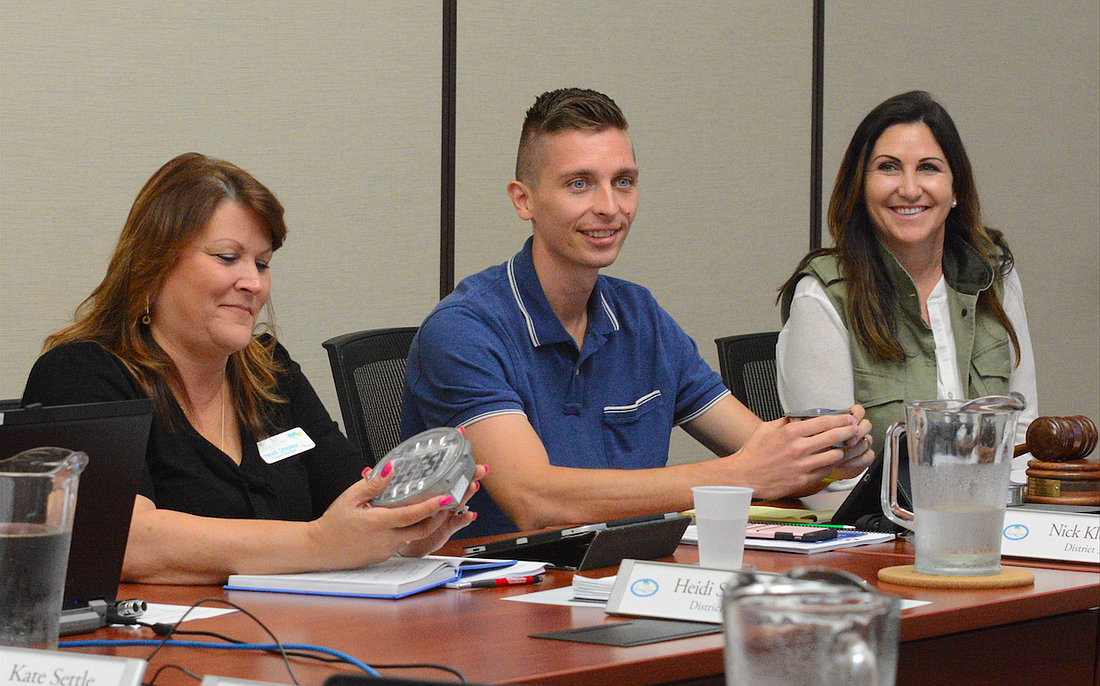- April 20, 2024
-
-
Loading

Loading

When City Council members, in a divided 3-2 vote, approved the paving of an FPL easement path near Matanzas High School this past summer, the assumption was that the path would need street lighting.
The primary reason for paving it was to give kids a safe way to walk to and from school — a discussion spurred by the death of a 16-year-old Matanzas student Michelle Taylor, who was struck by a car as she walked on a dark nearby road in March.
But one factor complicating the vote for the FPL path was that the city didn't know exactly how much lighting would cost; estimates ranged from about $200,000-$600,000. At a meeting Sept. 26, city staff presented some options, but what they presented — though less expensive — weren't true street lights, and some council members were not impressed.
"The lighting is not sufficient, in my opinion, for the safety that we were — that I was — expecting on this path," City Councilman Steve Nobile said during the meeting. "I was expecting lighting that would provide safety for the kids who go down that path. … The lighting is not sufficient, in my opinion, for the safety that I was expecting on this."
Instead of standard street lights, city staff had given a presentation on solar "path lights" that would be recessed in the pavement along the path to delineate its contours. Adding 664 of the five-LED version at 25-foot intervals along the path would be a $74,368 project — much less than regular street lights, and without the electrical bill. Staff favored that option.
Less expensive single-LED lights could be installed for $32,656 (in a row down the path's center at 40-foot intervals) or $40,959 (at 15-foot intervals on either side of the path).
Councilwoman Heidi Shipley agreed with Nobile.
"This isn’t going to give them any safety at night," she said. "I mean, it’s very nice; it’s almost like a romantic walk through the park. But I don't think it's going to do what we want. ... We need something in between."
City Manager Jim Landon said lights could attract problems rather than prevent them.
"If you listen to the experts — and you don't want to hear this, but if you listen to the experts — the worst thing you could do for safety is lighting," he said. "Because if you light it, you're encouraging people to be there; if it's dark, no one's going to be there."
"This whole cry was to have kids walk to school — We could've put lights down Old Kings Road — because they're already there," Nobile said. "Now we're saying 'Don't put lights down,' or 'Put very dim lights.'"
Landon proposed installing a few of the path lights to see how they look.
Councilman Bob Cuff agreed. "I'd like to see some of these in the ground," he said.
Other council members agreed.